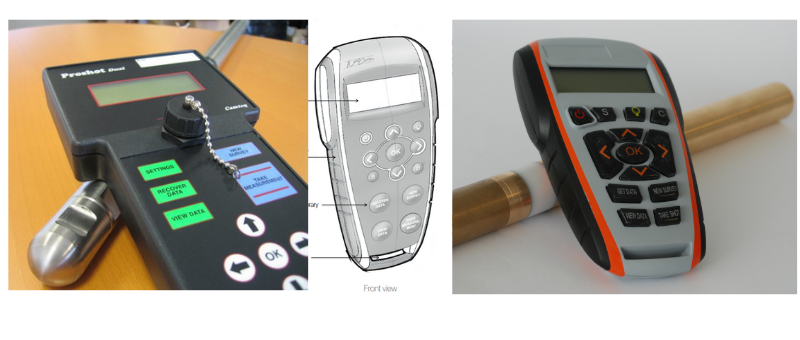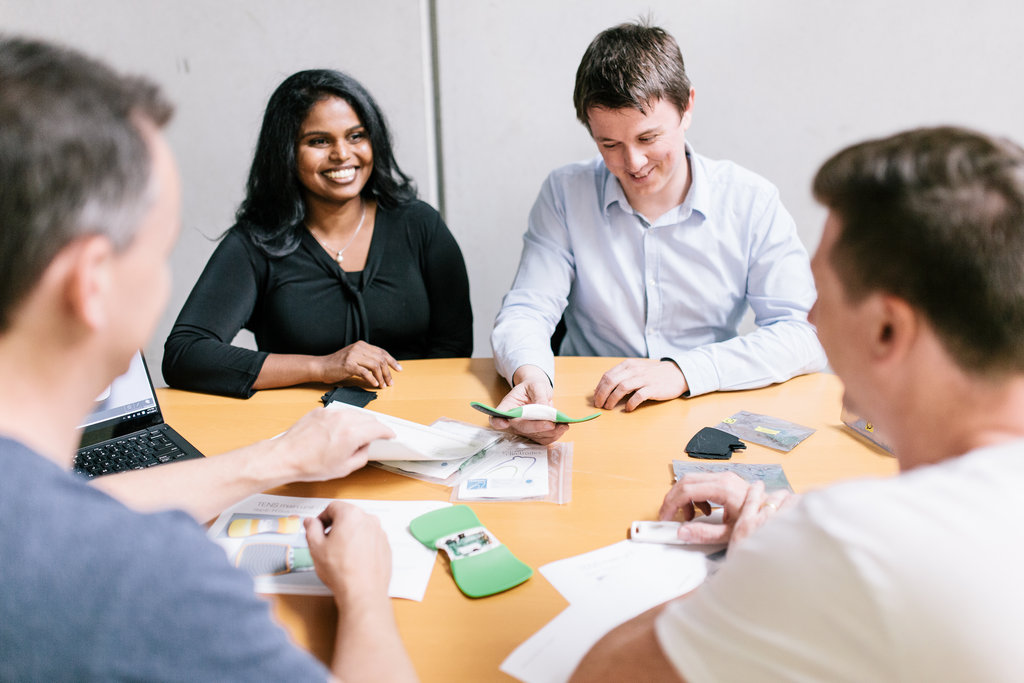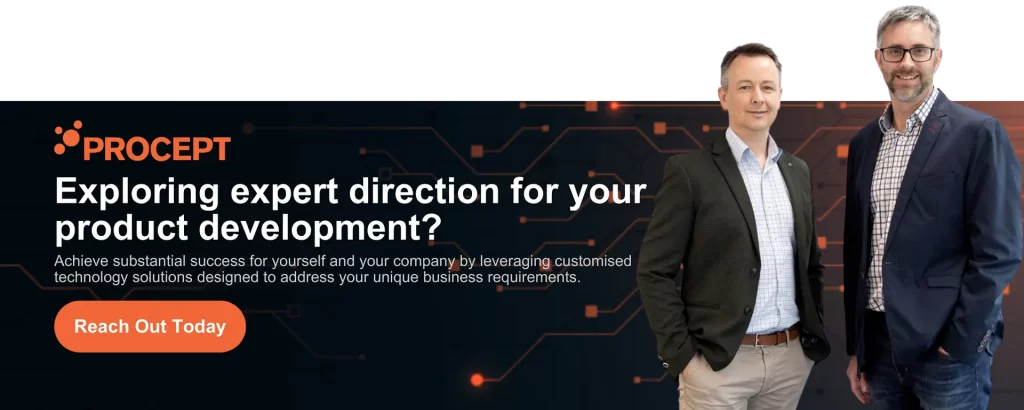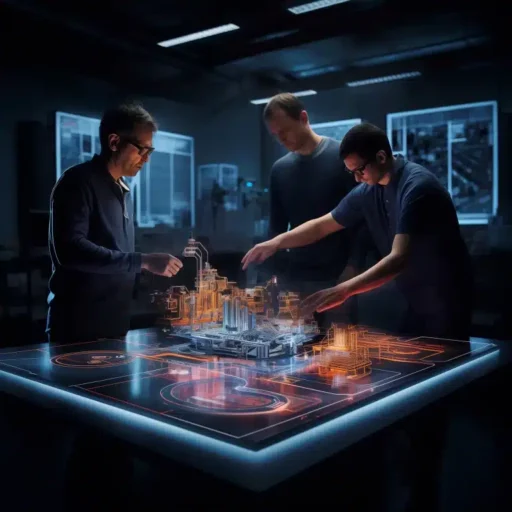
How to build a hardware product and business – Part 3

Part 3: Prototypes and Funding
At this point in the process, you should have a well-understood story for your product – make sure you have read part 1 & 2 of our series. The benefits and opportunities have been mapped out into a high-level journey of use. Now it’s time to add further detail to each of these steps and start generating concepts of how actual features could be built. Concepts and prototypes are powerful in the development of hardware products. They can be used to elicit valuable feedback and crucially, allow you to demonstrate a core function or benefit to potential customers or investors.
1. Generate concepts for testing
It’s really tempting at this point to write a bunch of detailed requirements and start engineering your product. The vision is clear, based on your understanding of users and the journey map so why not get going? At this stage, you’re still in possession of assumptions which are untested. Your product is more likely to be successful if you validate core assumptions about how your product looks and works. A quick way to start with this is visual concepts and diagrams that give users an idea of what your product is and how it’s used. Examples include physical models of your product, concept drawings of different options or wireframes of key screens if you have a mobile app as part of your connected product.
2. Get user feedback
Armed with some initial concepts, this next step is incredibly confronting for any founder creating a new product. You’ve lived with this idea for a long time and have invested money and sweat into it, a customer encountering your idea for the first time…hasn’t. They’ll point things out that don’t make sense, the benefit you thought was clear is obscured or not immediately apparent. This is all incredibly valuable and it’s important to let it happen this way. To keep yourself sane, try an approach gaining feedback in an objective way. Prepare a script of questions and take detailed notes or videos. If you have a physical feature they can try just let them play without trying to jump in and help. Focus on how well the features and benefits you’re demonstrating in the concept are received. What we’ve described here is sometimes referred to as ‘looks-like’ prototyping where the concepts are essentially non-functional. Gaining feedback on concepts at this level helps you identify any major issues with minimal outlay before you spend money on making any features function.
3. Get user feedback
There’s nothing like physical proof to make yourself feel like you’re on the right track with your product. This part of the process is sometimes referred to as ‘Works-like’ prototyping. What you create here will not do everything the product has to. It will be rough and not meet any rigorous design requirements. It will not be cost effective to make in volume and is unlikely to use the same components or modules as the final design that is engineered to be mass produced. It may not have these attributes but what it does have is very powerful. It creates excitement a core function, a physical example that your idea is not only possible…but the core of it is technically feasible.
To create your works-like prototypes it’s important to begin with a product specification, all informed by your user journey, use cases and feedback on visual concepts. The specification will cover important details on how you intend to make the features work, e.g.
- Electronic components, that meet performance criteria. Batteries, sensors, processors, memory, RF communications
- Size of the PCB, bearing in mind the above and your visual concepts
- Firmware specification. Libraries, drivers, API’s, external connections
- Software and Web. Related to the above, cloud infrastructures, databases, mobile app’s. An integration document covering how the firmware works with software.
- Environmental aspects. Where is the product used? What are the temperatures, exposure to elements, material and durability requirements.
- Regulatory aspects. There are electrical safety standards to meet as a minimum. There may be specific standards or regulations for your industry or territory.
It takes a lot of effort to create the specification and it can be tempting to do it once and consider it done. In reality, it’s better to treat it as a living document because it’s likely to change as you start creating your product. Creating a works-like prototype is an iterative process and it’s vital you document learnings and outcomes of each iteration in the specification to help guide your future development.
4. Funding
The next essential consideration is raising capital for your project to move from prototypes into Engineering and Commercial Design. Given your current position in the product development process, there are a few funding avenues which are more relevant than others and are more likely to be successful. With all of these, the value of demonstrating progress through prototypes cannot be understated, and in the case of Kickstarter is mandatory.
Friends and family: The people close to you might be willing to lend you some cash to help get your start-up off the ground. Therefore, consider sharing your business ideas and plans with them early on to gain their confidence.
Seed capital: You may approach potential investors about injecting some capital into the proposed hardware business. In such an arrangement, funders will be taking an equity stake in your venture.
Kickstarter funding: Kickstarter and crowdfunding is a mature platform for raising funds now. Fundamental to success is PR and Marketing for your campaign and reaching your audience with effective messaging. Be sure to set your target at the right level so that you can actually complete the work, should you hit your target. There are too many stories of products just about reaching their target and then not being able to deliver on all the orders they received. With Kickstarter funding, no money changes hands if your venture doesn’t achieve its funding target so be realistic.
Wrapping it up
Gaining user feedback through looks like and works like prototypes is vital in the creation of an effective and useful Product Specification. Product viability and feasibility are de-risked to a certain degree which is enticing for investors, and also gives you the confidence to keep going.
So, what’s next? If you’ve raised the funds, it’s time to enter into commercial design and development. This is where Engineering and process take over to produce a design that is reliable enough to be manufactured at volume. This stage will be the focus of the next Part in the series.
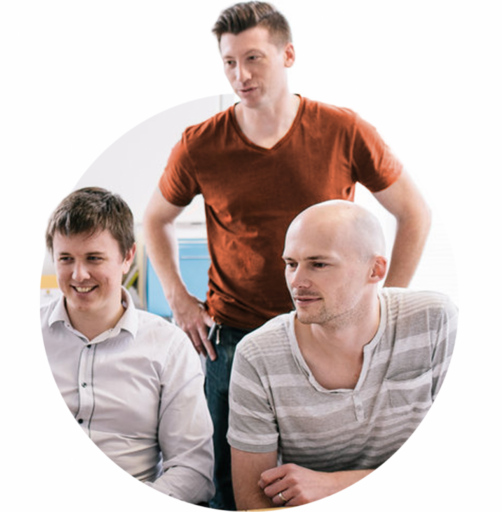
Hi, we’re the award-winning engineering team at Procept.
We live and breath product development. Since 2006, our vision has been to make a positive difference through the application of the latest technologies to solve real-world problems and improve people’s lives.
Learn more about our product development services, engineering services, or joining our engineering team. To work with us on your next product development project, contact our team.
Let’s innovate!
